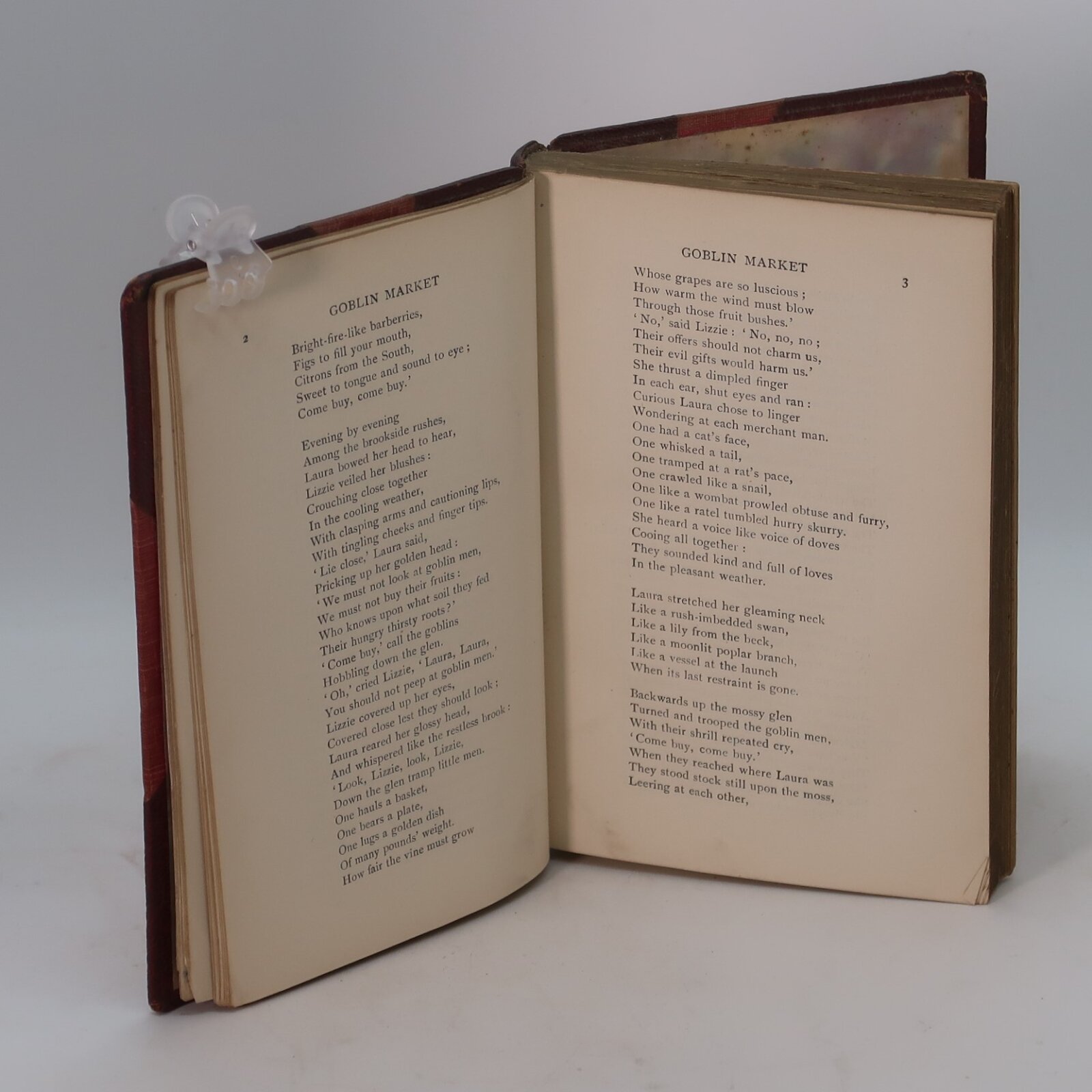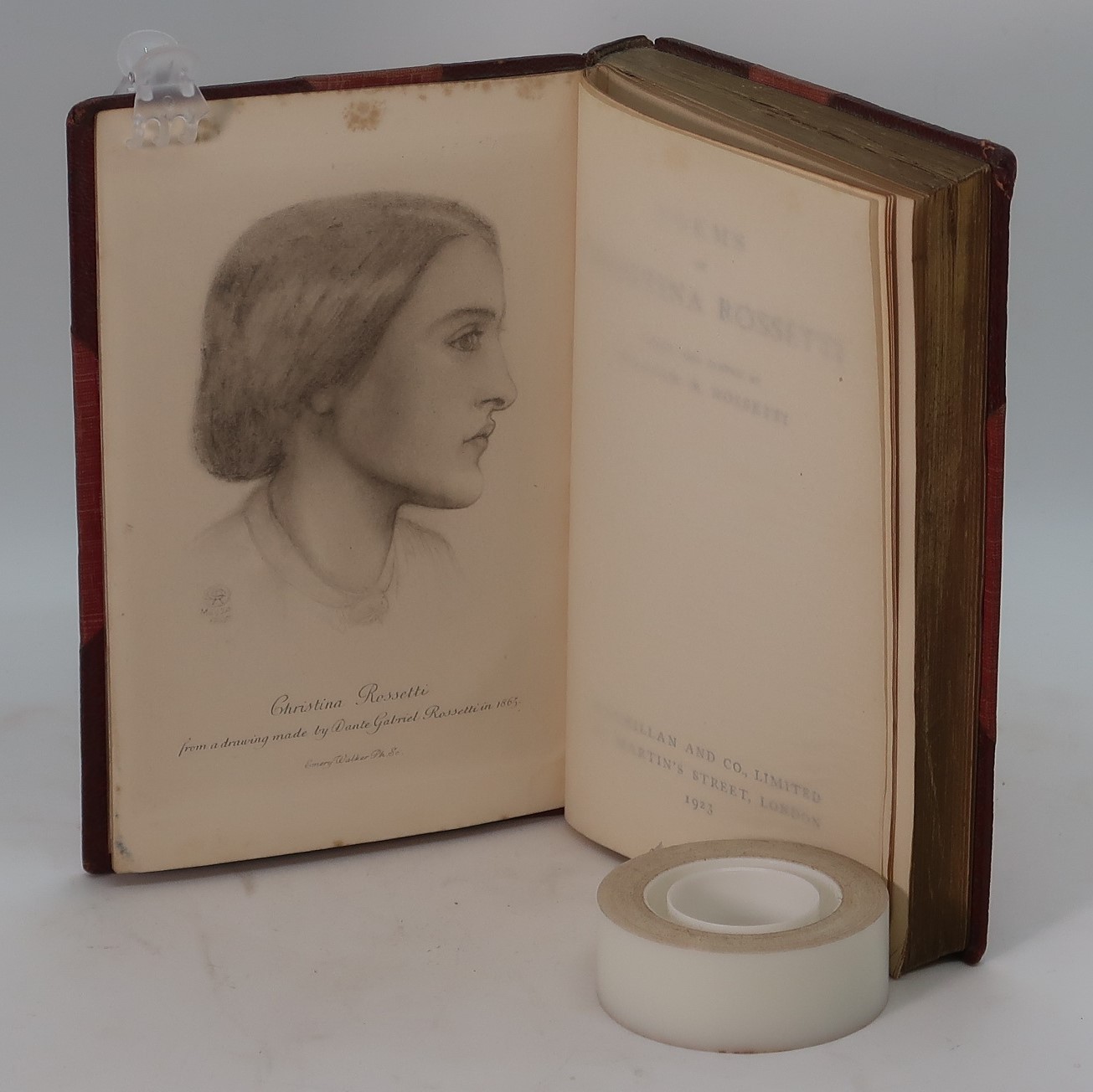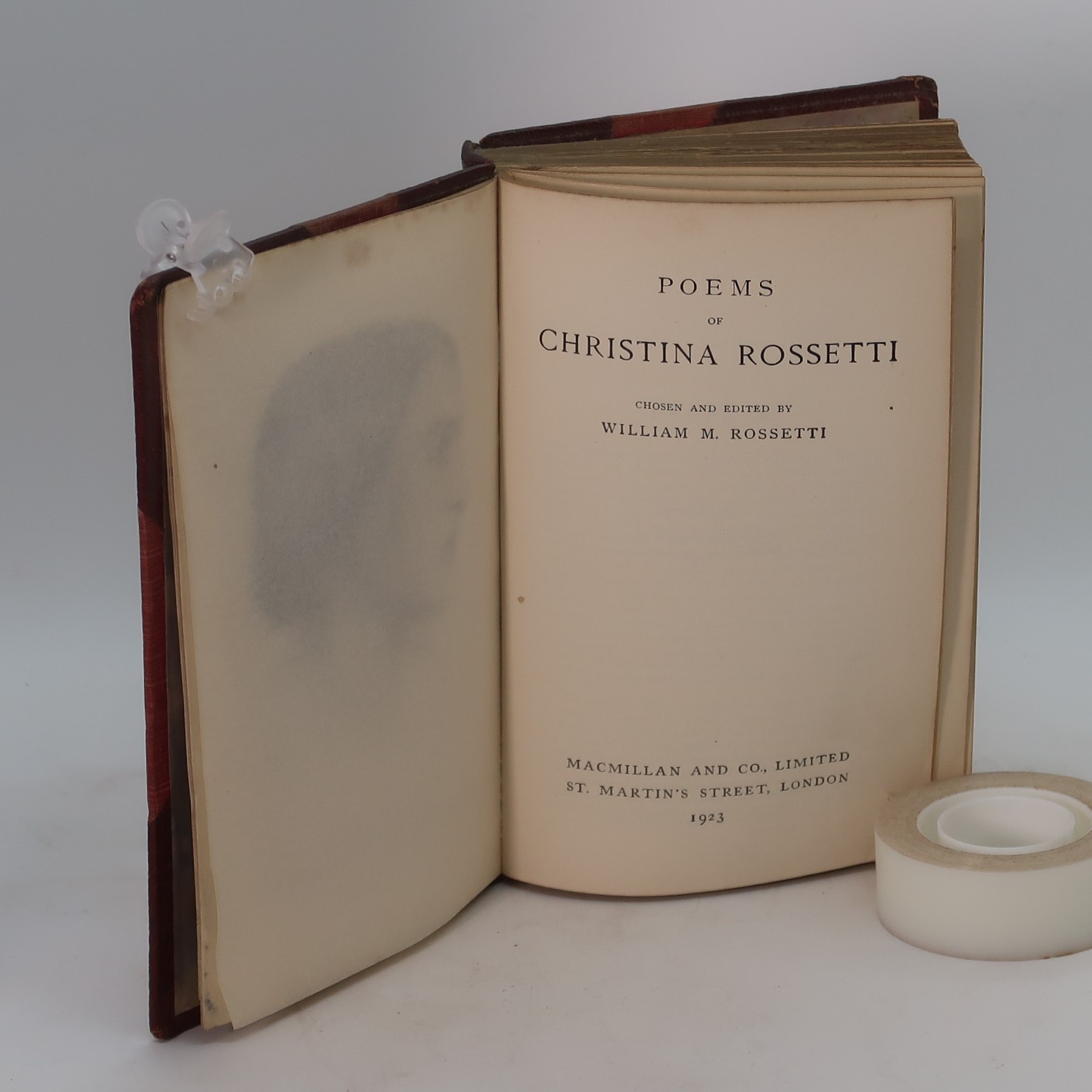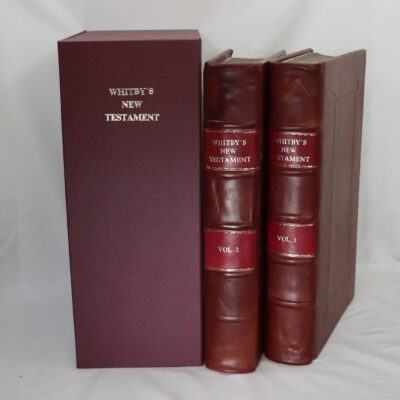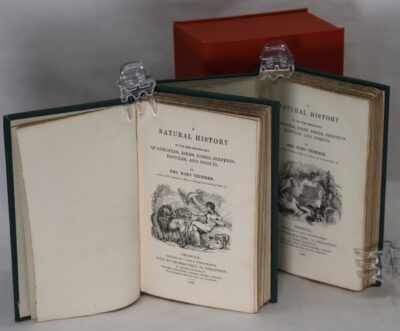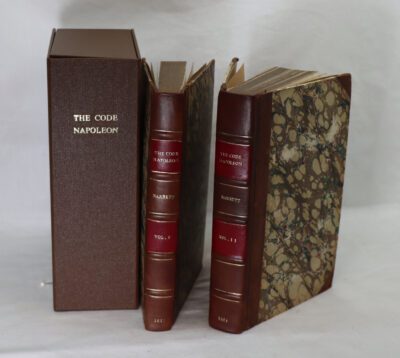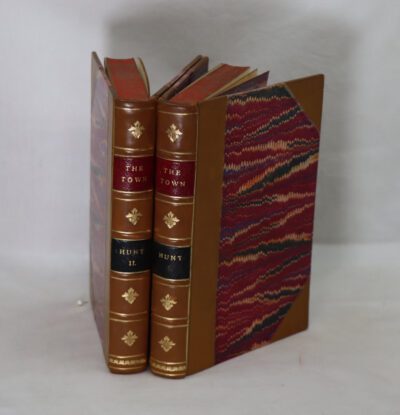Poems of Rossetti.
By Christina Rossetti
Printed: 1923
Publisher: McMillan & Co. London
| Dimensions | 11 × 16 × 2 cm |
|---|---|
| Language |
Language: English
Size (cminches): 11 x 16 x 2
Condition: Very good (See explanation of ratings)
Item information
Description
Red calf spine and corners with raised banding and title on the spine. Red cloth boards.
Edited by her brother.
Selected by her brother William
The Poetical Works of Christina Georgina Rossetti, ed. William Michael Rossetti, London: First published by Macmillan in 1904
Christina Georgina Rossetti (5 December 1830 – 29 December 1894) was an English writer of romantic, devotional and children’s poems, including “Goblin Market” and “Remember”. She also wrote the words of two Christmas carols well known in Britain: “In the Bleak Midwinter”, later set by Gustav Holst and Harold Darke, and “Love Came Down at Christmas”, also set by Darke and other composers. She was a sister of the artist and poet Dante Gabriel Rossetti and features in several of his paintings.
Rossetti’s popularity in her lifetime did not approach that of her contemporary Elizabeth Barrett Browning, but her standing remained strong after her death. Her popularity faded in the early 20th century in the wake of Modernism, but scholars began to explore Freudian themes in her work, such as religious and sexual repression, reaching for personal, biographical interpretations of her poetry. Academics studying her work in the 1970s saw beyond the lyrical sweetness to her mastery of prosody and versification. Feminists held her as symbol of constrained female genius and a leader among 19th-century poets. Her writings strongly influenced writers such as Ford Madox Ford, Virginia Woolf, Gerard Manley Hopkins, Elizabeth Jennings, and Philip Larkin. The critic Basil de Sélincourt called her “all but our greatest woman poet… incomparably our greatest craftswoman… probably in the first twelve of the masters of English verse.”
Rossetti’s Christmas poem “In the Bleak Midwinter” became widely known in the English-speaking world after her death, when set as a Christmas carol by Gustav Holst and later by Harold Darke. Her poem “Love Came Down at Christmas” (1885) has also been widely arranged as a carol.
British composers receptive to Rossetti’s verse included Alexander Mackenzie (Three Songs, Op. 17, 1878), Frederick Cowen, Samuel Coleridge-Taylor (Six Sorrow Songs, Op. 57, 1904), Hubert Parry and Charles Villiers Stanford. In 1918, John Ireland set eight poems from her Sing-Song: A Nursery Rhyme Book to music in his song cycle Mother and Child. The poem “Song” was an inspiration for Bear McCreary to write his composition When I Am Dead, published in 2015. Two of Rossetti’s poems, “Where Sunless Rivers Weep” and “Weeping Willow”, were set to music by Barbara Arens in her All Beautiful & Splendid Things: 12 + 1 Piano Songs on Poems by Women (2017, Editions Musica Ferrum). Rossetti’s “Love is Like a Rose” was set to music by Constance Cochnower Virtue;] “Love Me, I Love You,” was set to music by Hanna Vollenhoven; and “Song of the Dawn” was set to music by Elise Fellows White.
In 2000, as one of many Millennium projects across the country, a poetry stone was placed in what had been the grounds of North Hill House in Frome. On one side is an excerpt from her poem, “What Good Shall My Life Do Me”: “Love lights the sun: love through the dark/Lights the moon’s evanescent arc:/Same Love lights up the glow-worms spark.” She wrote of her brief stay in Frome, which had “an abundance of green slopes and gentle declivities: no boldness or grandeur but plenty of peaceful beauty”.
In 2011, Rossetti was a subject of Radio 4’s programme In Our Time.
The title of J. K. Rowling’s novel The Cuckoo’s Calling (2013) follows a line in Rossetti’s poem A Dirge.
Christina Rossetti is commemorated in the Church of England calendar on 27 April.
William Michael Rossetti (25 September 1829 – 5 February 1919) was an English writer and critic. Born in London, Rossetti was a son of immigrant Italian scholar Gabriele Rossetti and his wife Frances Rossetti née Polidori; he was the brother of Maria Francesca Rossetti, Dante Gabriel Rossetti and Christina Georgina Rossetti.
He was one of the seven founder members of the Pre-Raphaelite Brotherhood in 1848, and became the movement’s unofficial organizer and bibliographer. He edited the Brotherhood’s literary magazine The Germ which published four issues in 1850. Rossetti wrote the poetry reviews for this magazine.
It was William Michael Rossetti who recorded the aims of the Pre-Raphaelite Brotherhood at their founding meeting in September 1848:
- To have genuine ideas to express.
- To study Nature attentively, so as to know how to express them.
- To sympathize with what is direct and serious and heartfelt in previous art, to the exclusion of what is conventional and self-parading and learned by rote;
- And most indispensable of all, to produce thoroughly good pictures and statues.
Although Rossetti worked full-time as a civil servant, he maintained a prolific output of criticism and biography across a range of interests from Algernon Swinburne to James McNeill Whistler. He edited the diaries of his maternal uncle John William Polidori (author of The Vampyre and physician to Lord Byron), a comprehensive biography of D. G. Rossetti, and edited the collected works of D. G. Rossetti and Christina Rossetti.
Rossetti edited the first British edition of the poetry of Walt Whitman, which was published in 1868; however, this edition was bowdlerized. Anne Gilchrist, who became one of the first to write about Whitman, first read his poetry from Rossetti’s edition, and Rossetti helped initiate their correspondence.
William Michael Rossetti was a major contributor to the 1911 edition of the Encyclopædia Britannica; his contributions on artistic subjects were criticised by many reviewers at the time and since, as showing little evidence of having absorbed the mounting body of work by academic art historians, mostly writing in German. Below is a quotation from his article on Fra Angelico demonstrating his literary and art-historical style:
The “pietistic” quality of Fra Angelico’s work is in fact its predominant characteristic. The faces of his figures have an air of rapt suavity, devotional fervency and beaming esoteric consciousness, which is intensely attractive to some minds … the faces becoming sleek and prim, with a smirk of sexless religiosity which hardly eludes the artificial or even the hypocritical; because of this, there are some who are not moved by his work. Even so, Fra Angelico is a notable artist within his sphere..
Want to know more about this item?
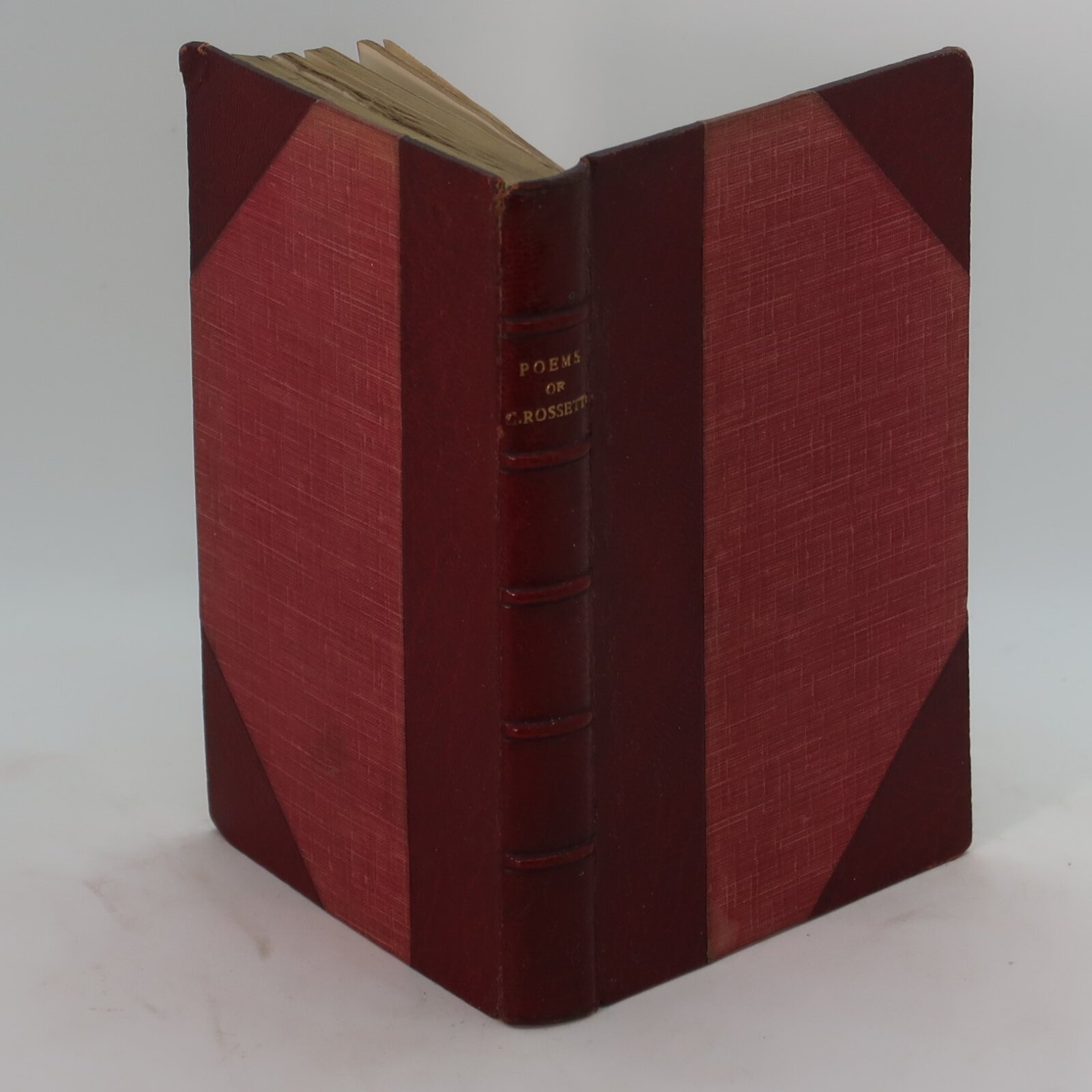
Related products
Share this Page with a friend

